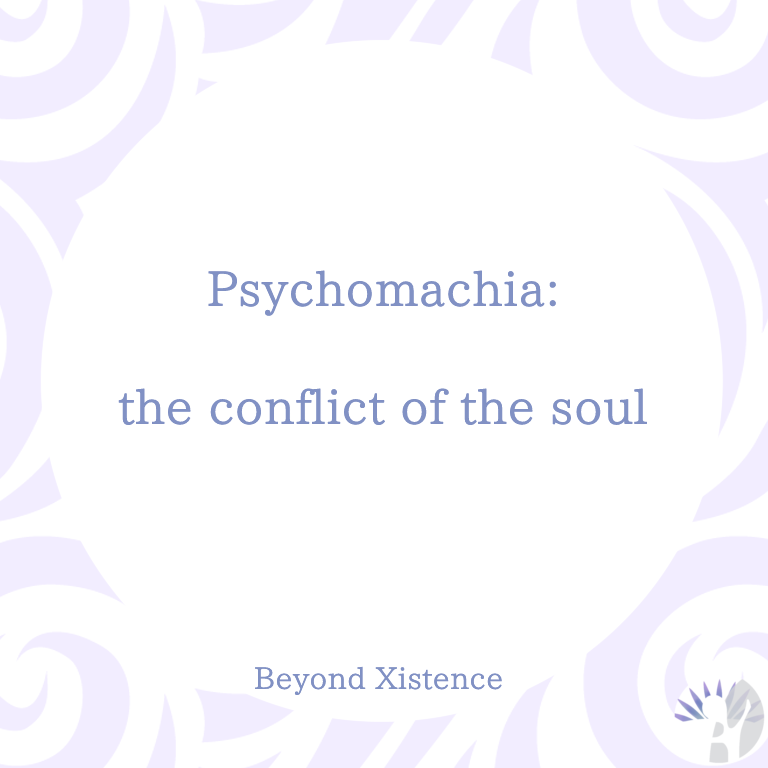Exploring Undiscovered Regions
A Butterfly’s View of "The Whimsical Christian: 18 Essays" by Dorothy L. Sayers
Author’s Note
Plans to weave each of my responses to Dorothy L. Sayers’s “The Whimsical Christian: 18 Essays” into a comprehensive essay for a beloved journal were thwarted by whimsy – the technologically malicious kind. However, whimsy - of the serendipitous sort – called me to share both a butterfly’s view - dancing between flower cups in this, a Substack series - and the eagle’s view, available on An Unexpected Journal.
May both entice you to explore the meandering gardens of Dorothy’s writings.
An Adventure of the Soul
The subject, “The Writing and Reading of Allegory,” seems simple enough.1 Leave it to Dorothy L. Sayers, however, to reveal it as an adventure of the soul.
Allegory, which she defines as “a distinct literary form, whose aim and method are to dramatize a psychological experience so as to make it more vivid and more comprehensible,” often resources psychomachia, the conflict of the soul.2
Allegory in Clay
I can’t help but think of art therapy. Translating the deepest pains, often unspeakable at first, into an image that can be explained, allowing others to immerse themselves in shared human emotions, if not the details. This happened in a medical group setting when we were handed lumps of air-drying clay and encouraged to create what we were feeling or thinking. Most made hearts, although their internal one was breaking.
I made a nest of eggs alongside a bed of garden eels offering their eggs for my nest. As I explained my reasoning (which I may do for paid subscribers at a later date), the others nodded and related. We bonded over a handful of children’s clay mixed with torment, molded by hands that still carried wounds of the mind and heart.
Like patients forming with clay, pioneers of allegory found “a new and exciting medium by which to explore undiscovered regions of the soul, and to make their first adventure into analytical psychology.”3
History, Instructions, and Caution
Sayers’s essay explores the history of allegorical writing, forms and times in which it was used, expanded, enjoyed, and derided. She includes instructions and cautions on how to read the poetry of the form, while gleaning the lessons. A caution which holds to reading clay art as well.
Butterfly-view Recommendations
Read “The Writing and Reading of Allegory.” (For free access on Internet Archive, see endnotes below.)
Subscribe to Beyond Xistence. Next post in series: “Prophet or Tipster?”
Read “Dorothy L. Sayers Messed Me Up” on An Unexpected Journal.4
Notes
Dorothy L. Sayers., “The Writing and Reading of Allegory,” in The Whimsical Christian: 18 Essays .New York: Collier Books, Macmillan Publishing Company, 1987. https://archive.org/details/whimsicalchristi0000saye.
Ibid., 207.
Ibid., 211.



